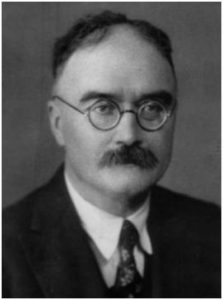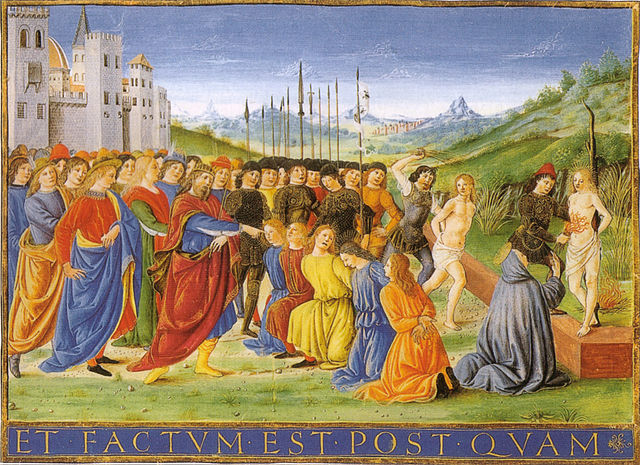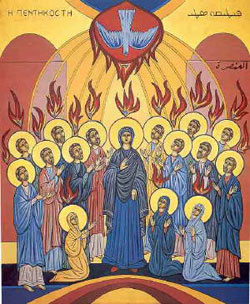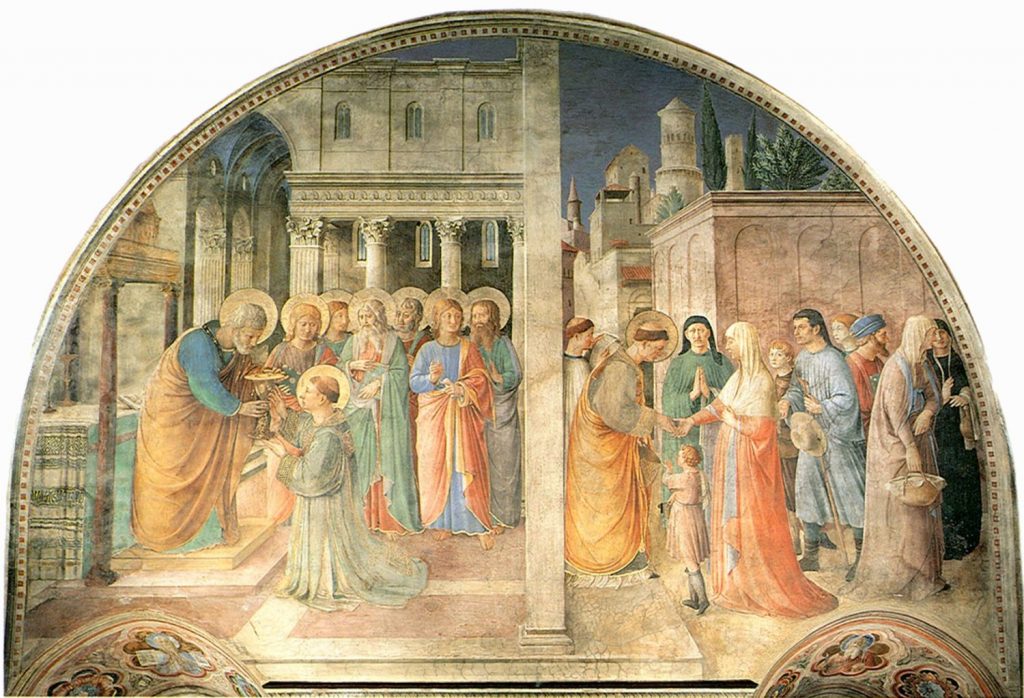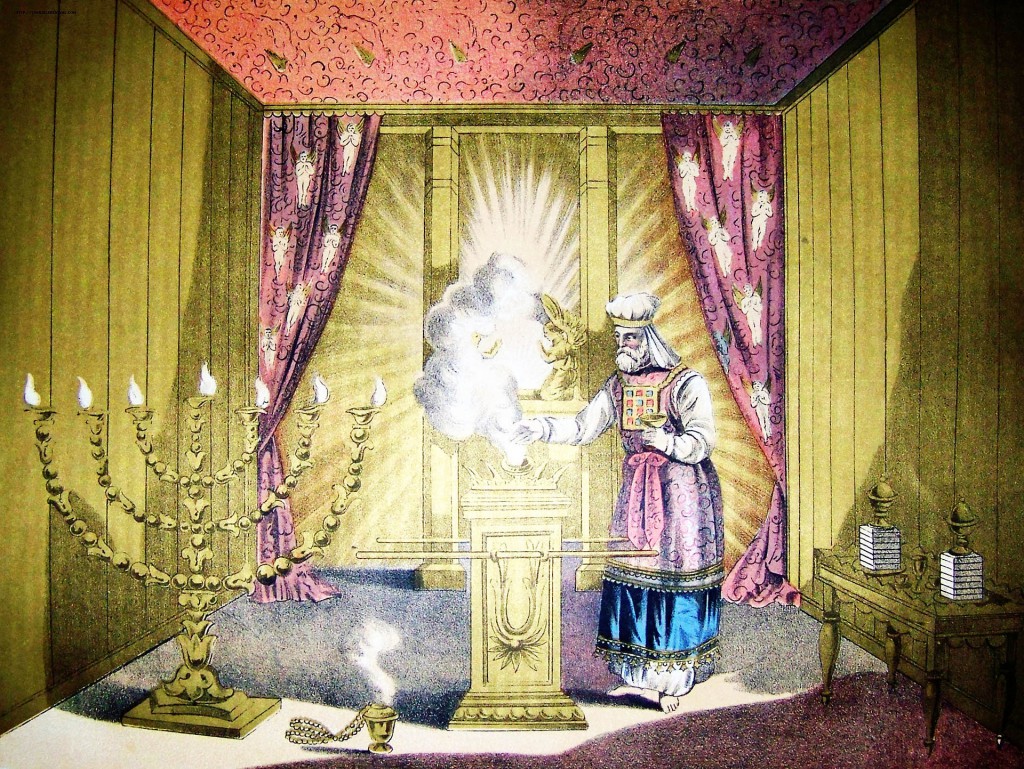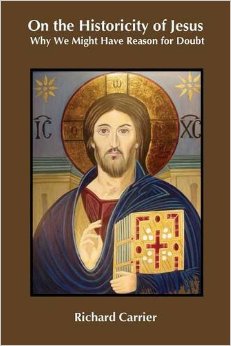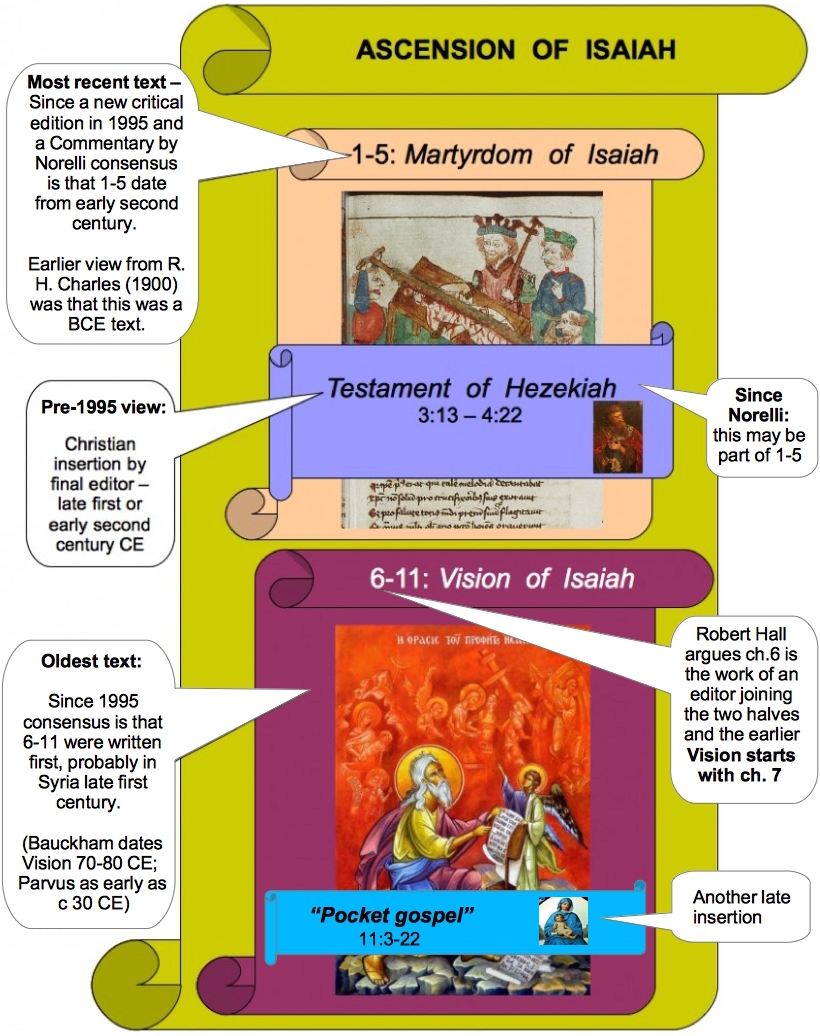
I have some sympathy for people who embrace religious faith, even Christianity. I have a lot of respect for scholarly research, including that into Christian origins.
But I loathe some forms of Christianity that do irreparable damage to many people. I also have little respect for public intellectuals (scholars) who betray their public by fostering personal antipathy towards those who raise radical questions about the foundations of their work and protect their professional status and faith by means of culpably ignorant and fallacious arguments.
So I have some reservations about attacking religious belief head on. I’m reminded of Tamas Pataki’s point about the importance of trying to understand the function of religion for so many: “its emotional significance for its adherent, its intimate relations to human needs.” I know I am much better off as a person since having turned my back on religion. I do believe (in theory) that all of humanity should be much better off without religion. But then I wonder if that belief assumes some kind of overly optimistic view of human nature.
I don’t mean that I’m comfortable with the way things are. I suppose I would find myself rejoicing like an angel in heaven over learning of another friend who learned to leave God behind and walk through life as a humanist, naturalist, rationalist, atheist, or whatever term they thought most apt for capturing their new identity.
And it’s certainly good that there are others who take the time to expose the follies of faith for those whose time has come to listen. I am riled every Thursday when I see members of a religious cult setting up at a main crossroads on campus a display stand of their tracts and standing there attempting to invite young overseas students who are away from family, friends, cultural roots into conversation. Preying on the vulnerable (many have scarcely heard anything about Christianity before they arrive) looking for a new friendly community. Lovebombing. I wish I could do a Christ and overturn their table and whip them out of the grounds.
On the other hand I have no desire to go out of my way to try to deconvert my grandmother.
Then there are the bible scholars.
I don’t mean scholarship. The distinction is important. Richard Carrier’s point is pertinent: Continue reading “On Christians and Christianity, Bible Scholars and Bible Scholarship”


